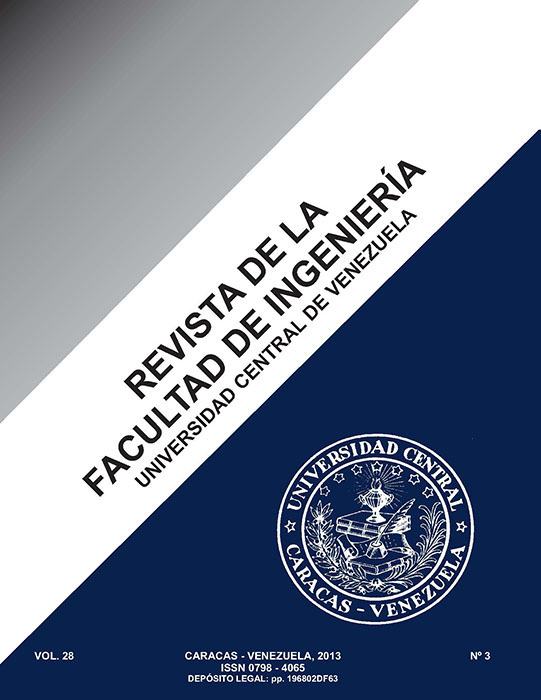LINEAMIENTOS PARA UN PROGRAMA DE REDUCCIÓN DEL RIESGO SÍSMICO EN VENEZUELA / GUIDELINES FOR A SEISMIC RISK REDUCTION PROGRAM IN VENEZUELA
Palabras clave:
Terremotos, Prevención, Reforzamiento, Vulnerabilidad, Riesgo sísmico.Resumen
Daños y derrumbes en construcciones observados en diversos sismos ocurridos en el planeta corresponden a estructuras queaún cuando habían sido diseñadas con normas sismorresistente, éstas sin embargo resultaron ser insuficientes para proveeruna seguridad requerida. Una de las mayores fuentes de vulnerabilidad en Venezuela lo constituyen las edificacionesconstruidas hace varias décadas con criterios de diseño considerablemente menos exigentes que los contemplados enlas normas sísmicas modernas. Se proponen lineamientos prácticos para un programa de reducción del riesgo sísmicoen el ámbito de las construcciones existentes y de las nuevas construcciones, que efectivamente proteja a la población ya la infraestructura del país. Nuevos reglamentos son necesarios para garantizar el cumplimiento estricto de las normassismorresistentes en las nuevas construcciones. Vista la magnitud del problema de la elevada vulnerabilidad de lasconstrucciones existentes más antiguas, el esfuerzo debe priorizar el estudio y refuerzo de la infraestructura necesariaen emergencias, tales como hospitales, edificios de bomberos y protección civil y escuelas. En otras construcciones elesfuerzo se debería orientar a establecer los reglamentos municipales necesarios a fin de establecer los incentivos antelas comunidades organizadas para evaluar y reforzar las edificaciones más antiguas. En el ámbito de la construcciónpopular se deberían generar manuales didácticos para la construcción de nuevas viviendas sismorresistente y el refuerzode las existentes. El éxito de estas acciones sólo se pudiese garantizar con el uso de medios masivos de difusión queefectivamente logre generar e implantar una cultura sismorresistente.
ABSTRACT
Damage in constructions observed in various earthquakes corresponds to structures that had been designed with earthquakeresistant standards which however proved to be insufficient to provide the required safety. One of the largest sources ofvulnerability in Venezuela are buildings built several decades ago with design criteria considerably less demanding thanthose referred to in modern seismic standards. Guidelines are proposed in this paper for a practical program of earthquakerisk reduction, for existing buildings and for new constructions that effectively protect the population and infrastructureof the country. New regulations are needed to ensure strict compliance with the standards in the new buildings. Giventhe magnitude of the problem of the high vulnerability of older existing buildings, the effort must prioritize the study andreinforcement of the infrastructure required during emergencies, such as hospitals, fire protection and school buildings. Inother constructions the effort should be guided to define municipal regulations in order to propose incentives to organizedcommunities to evaluate and strengthen the oldest buildings. In the field of non-engineering popular constructions, trainingmanuals for new houses and for the seismic strengthening of existing ones are required. The success of these actions couldonly be guaranteed with the use of mass media that effectively generates and deploy a seismic culture.
Keywords: Earthquakes, Prevention, Strengthening, Vulnerability, Seismic risk.



